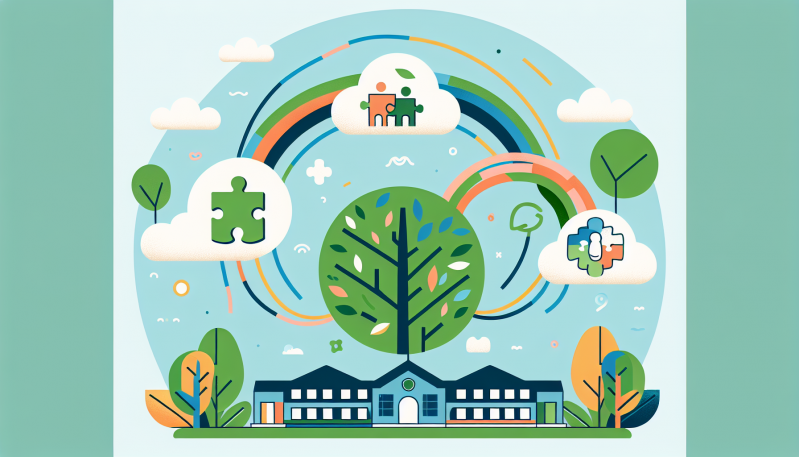In the tapestry of modern education, where academic performance and test scores are often spotlighted as markers of success, the pivotal role of emotional intelligence (EI) in shaping students’ well-being and capacity to thrive is sometimes overlooked. As we dedicate resources and time to cultivating the next generation of leaders and citizens, let us turn our attention to the heart of what makes a supportive learning environment – a place where mental health, kindness, loneliness, and diversity, equity, and inclusion (DEI) are as crucial to the curriculum as math and science.
Emotional intelligence, a term coined by researchers in the 1990s, encompasses five core components: self-awareness, self-regulation, motivation, empathy, and social skills. These components serve as the building blocks for students and staff to navigate the complexities of school life and beyond. A student with high emotional intelligence is not only aware of their own emotions but also understands the effect those emotions have on their behavior and relationships. They’re able to regulate their emotions, which in turn, leads to more positive interactions with peers and educators. The intrinsic motivation found in emotionally intelligent students fuels their passion for learning, while their empathy and social skills foster a sense of community and understanding within the school walls.
The correlation between high EI and mental wellness within school communities is undeniable. When students and staff practice empathy and kindness, they create a safer space for everyone to express themselves and to be heard. This empathetic landscape is a natural antidote to loneliness and isolation, helping individuals feel connected and valued. Moreover, embracing EI in schools emphasizes the importance of inclusive practices, ensuring that every student feels that they belong, regardless of their background or abilities.
How, then, can schools integrate EI into their curricula and extracurricular activities? The answer lies in a multifaceted approach. From mindfulness exercises and social-emotional learning (SEL) programs to student-led kindness initiatives and conflict resolution workshops, the opportunities are vast. Teachers can weave EI concepts into lesson plans, while after-school clubs and sports can emphasize teamwork and fair play.
The benefits of fostering EI from an early age cannot be overstated. Research suggests a strong link between high EI and improved academic performance, implying that when students can manage their emotions, they have an increased ability to concentrate and learn. This emotional foundation also leads to healthier relationships between peers and creates a network of support for students facing challenges, whether personal or academic.
For parents eager to bolster their child’s emotional intelligence, it starts at home. Engaging in open conversations about emotions, modeling empathetic behavior, and encouraging reflective practices are simple yet effective strategies. Parents and caregivers play a crucial role in reinforcing the EI lessons learned at school, ensuring a consistent message that emotions matter and they are to be understood and respected.
As educational influencers and members of the wider school community, we are charged with the responsibility to foster an emotionally intelligent future. A future that values mental health, practices inclusivity, and celebrates kindness. By integrating EI into the fabric of our educational system, we are not just teaching children how to excel academically; we’re equipping them with the tools they need to navigate the complex world of human relationships and to become compassionate, contributing members of society. It’s time to prioritize emotional intelligence in schools – our children’s future depends on it.


